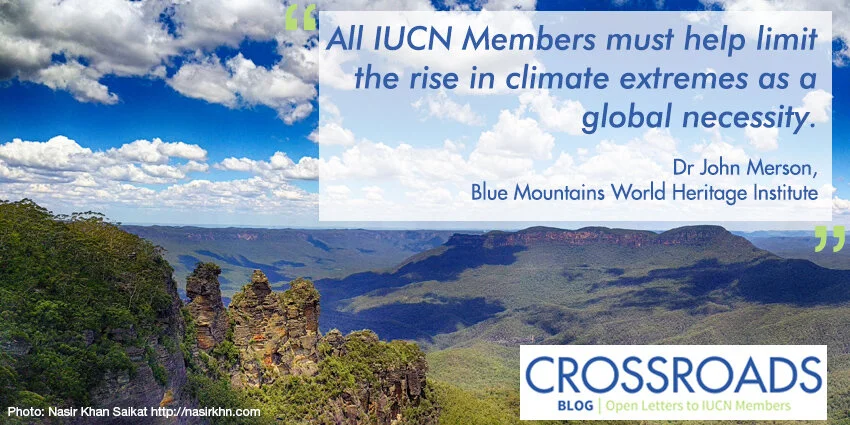On Nov 2nd our Blue Gum Forest team once again descended into the Grose Valley to document the health of the Blue Gum Forest after the fires. The expedition group included Rosalie Chapple, Wyn Jones, Alex Allchin, Keith Muir, Simona Ermilova, Daniel Merson, Mengran Yu and Floris Van Ogtrop.
Blue Gum Forest Expedition
Wetlands should not burn - Nature NSW
Climate change and fire: lessons from the Blue Mountains
Bushfires: our past, present and future
Report: reducing the cost and impact of bushfires
Post-fire bush regeneration resources
The Australian Association of Bush Regenerators is building an online portal of helpful material about post-fire bush regeneration and ecological weed management after the wildfires of summer 2019-20. Learn about the importance of weeding and locate volunteers to assist your efforts.
Entire hillsides of trees turned brown this summer
Is it the start of ecosystem collapse? The drought in Australia was a significant driver of the summer bushfires. But it also caused another, less well known environmental calamity: entire hillsides of trees turned from green to brown.
Fire recovery updates from the Federal Dept. of the Environment
Seven billion burnt trees
The collective trauma of the bushfire recovery
Collective trauma is the community wide reaction to a traumatic event, the shared disturbance of a group of people when their world is suddenly upended. The term has gained prominence in the wake of the bushfire crisis and it could hamper Australia’s bushfire recovery.
Photos: new growth breaking through
Grave fears for rock art sites after fires
Feral horses are wiping out rare species in the Australian Alps.
Kosciuszko National Park provides habitat for many endangered and vulnerable native species. The bushfires have decimated a lot of what was left. Feral horses now threaten to destroy the remainder, and an urgent culling program is needed.
Weeding to help nature recover from the fires
Many Australians feel compelled to help our damaged wildlife after this season’s terrible bushfires. Suggested actions have included donating money, leaving water out for thirsty animals, and learning how to help the injured. But there is an equally, if not more, important way to assist: weeding.
Protected species in bushfire affected areas
The Australian Department of the Environment and Energy has released an initial list of threatened and migratory species which have more than 10% of their known or predicted distribution in areas affected by bushfires in southern and eastern Australia from 1 Aug 2019 - 13 Jan 2020.
Assessing Australia's ecological disaster
We need a vision for our environment
Dr. Jack Pascoe, who completed his PhD on Apex Predators in the GBMWHA under the supervision of Dr Rosalie Chapple, writes in the Guardian on the need for a vision for our environment, for the species and ecosystems it will support, and how our communities will sit within these environments.
Conservation response to the 19-20 fires
With other concerned conservation biologists, researchers from the Threatened Species Recovery Hub have developed a blueprint for management responses to the 19-20 fires. After the catastrophe: a blueprint for a conservation response to large-scale ecological disaster, can be downloaded here.
Guide to helping wildlife in emergencies
The NSW Department of Planning, Industry and Environment works with the community and wildlife rehabilitation groups to rescue and care for injured and distressed native wildlife in an emergency, such as prolonged drought or after fire or flood. This is their guide to helping wildlife during emergencies.
























